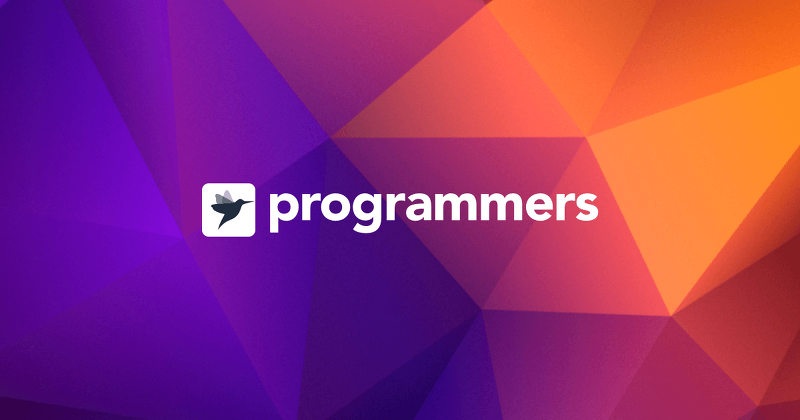🧐 문제 설명

😍 나의 풀이
프린터의 동작이 선입선출(FIFO) 구조를 띄는 큐와 똑같았기 때문에 큐로 풀고자 했다. 여기서 location이 주어지기 때문에 처음 인덱스 값을 기억하고 있어야 했다.(왜냐면 큐 동작을 수행하다보면 위치가 바뀌니까)
처음 풀이에는 enumerate을 생각 못하고 location이 바뀌는 것을 일일이 조건식으로 제어했다.
def solution(priorities, location):
answer = 0
while priorities:
if priorities[0] == max(priorities): # 대기목록의 가장 앞에 있는 문서가 우선순위도 가장 높을 경우
priorities.pop(0)
answer += 1
if location == 0:
return answer
else:
location -= 1
else: # 대기목록의 앞에 있는 원소가 우선순위가 낮을 경우
priorities.append(priorities.pop(0))
if location == 0:
location = len(priorities) - 1
else:
location -= 1
return answer이렇게 짜도 통과는 했지만 가독성도 안좋고, 조건식이 많아서 실수가 나오기 좋을 것 같았다. 아래는 다른 사람이 사용한 enumerate을 보고 다시 작성해본 코드
def solution(priorities, location):
answer = 0
queue = [(v,i) for i, v in enumerate(priorities)]
while queue :
this = queue.pop(0)
if queue and this[0] < max(queue)[0] :
queue.append(this)
else :
answer += 1
if this[1] == location:
break
return answerenumerate을 통해 (우선순위, index(=location)) 형태의 튜플을 담은 큐로 만들었다. 한 가지 주의할 점은 max(), min(), avg() 등은 리스트가 비어있으면 에러가 나기 때문에 삭제 연산 등 리스트의 길이에 변동이 있다면 조건에 같이 넣어줘야 한다.
👏 다른 사람의 풀이
def solution(priorities, location):
answer = 0
from collections import deque
d = deque([(v,i) for i,v in enumerate(priorities)])
while len(d):
item = d.popleft()
if d and max(d)[0] > item[0]:
d.append(item)
else:
answer += 1
if item[1] == location:
break
return answer덱을 이용해서 푼 풀이. 나는 결과적으로 큐라는 자료구조를 이용해서 파이썬 리스트로 풀이했는데 이는 time complexity 문제가 발생할 수 있었다. 덱의 popleft()의 time complexity는 O(1)인 반면 pop(0)의 time complexity는 O(N)이기 때문에 시간이 오래 걸린다.
🥇 Today I Learn
Enumerate
-
순서가 있는 자료형(리스트, 튜플, 문자열)을 입력으로 받아 인덱스 값을 포함하는 enumerate 객체 반환
-
for문처럼 반복되는 구간에서 객체가 현재 어느 위치에 있는지 알려주는 인덱스 값이 필요할때 enumerate 함수를 사용하면 유용
-
인덱스(index)와 원소를 동시에 접근하면서 루프
>>> for entry in enumerate(['A', 'B', 'C']):
... print(entry)
...
(0, 'A')
(1, 'B')
(2, 'C')Enumerate 시작 인덱스 변경
enumerate() 함수를 호출할 때 start 인자에 시작하고 싶은 숫자 할당
>>> for i, letter in enumerate(['A', 'B', 'C'], start=1):
... print(i, letter)
...
1 A
2 B
3 CEnumerate index - value 거꾸로 출력
index를 기준으로 출력하는 것이 아니라 value가 먼저 나오게 출력. 생각보다 자주 쓰이니까 숙지하자. 또 이렇게 리스트 안에 묶어서 한줄로 출력할 수 있다.
[(v,i) for i,v in enumerate(priorities)]
